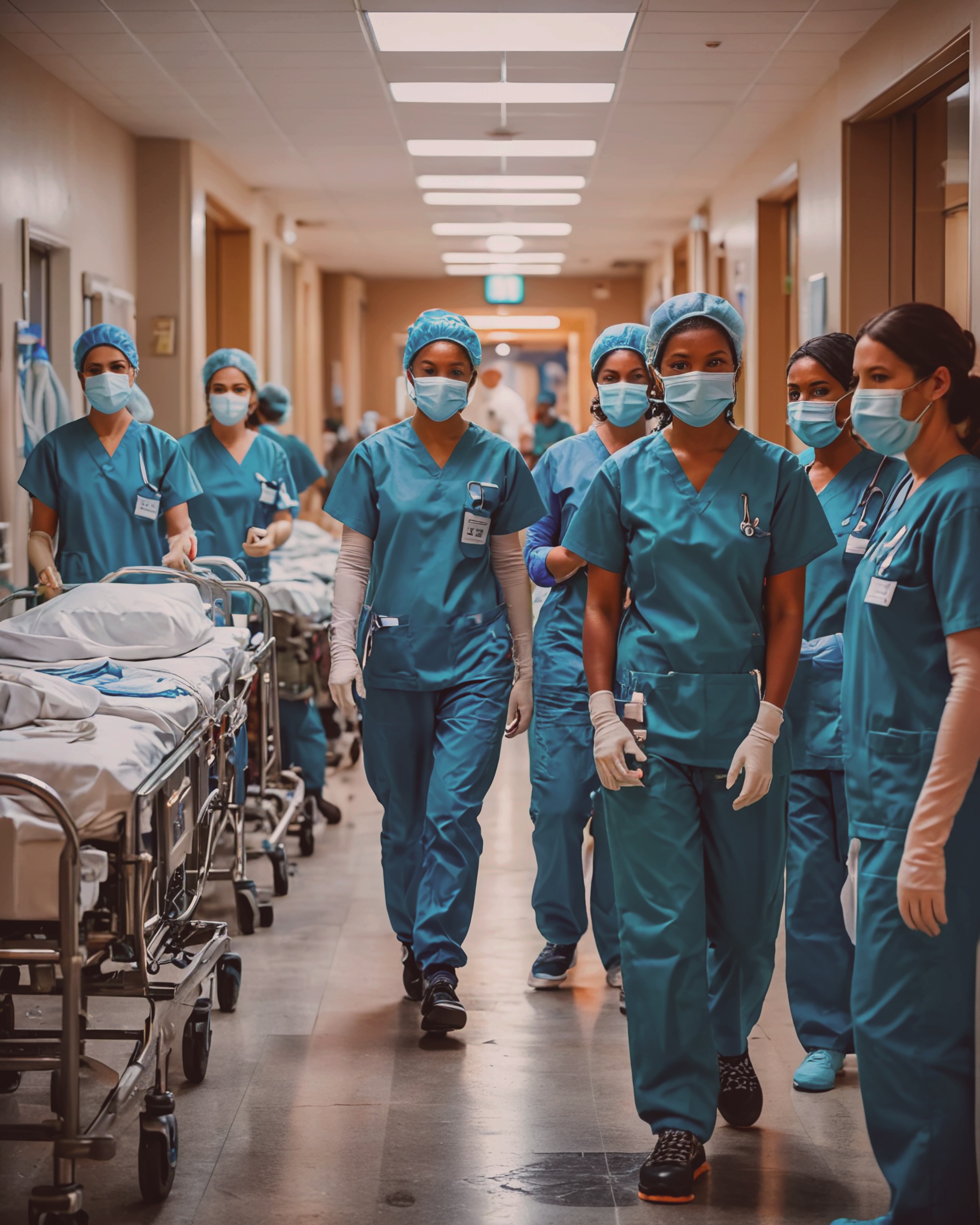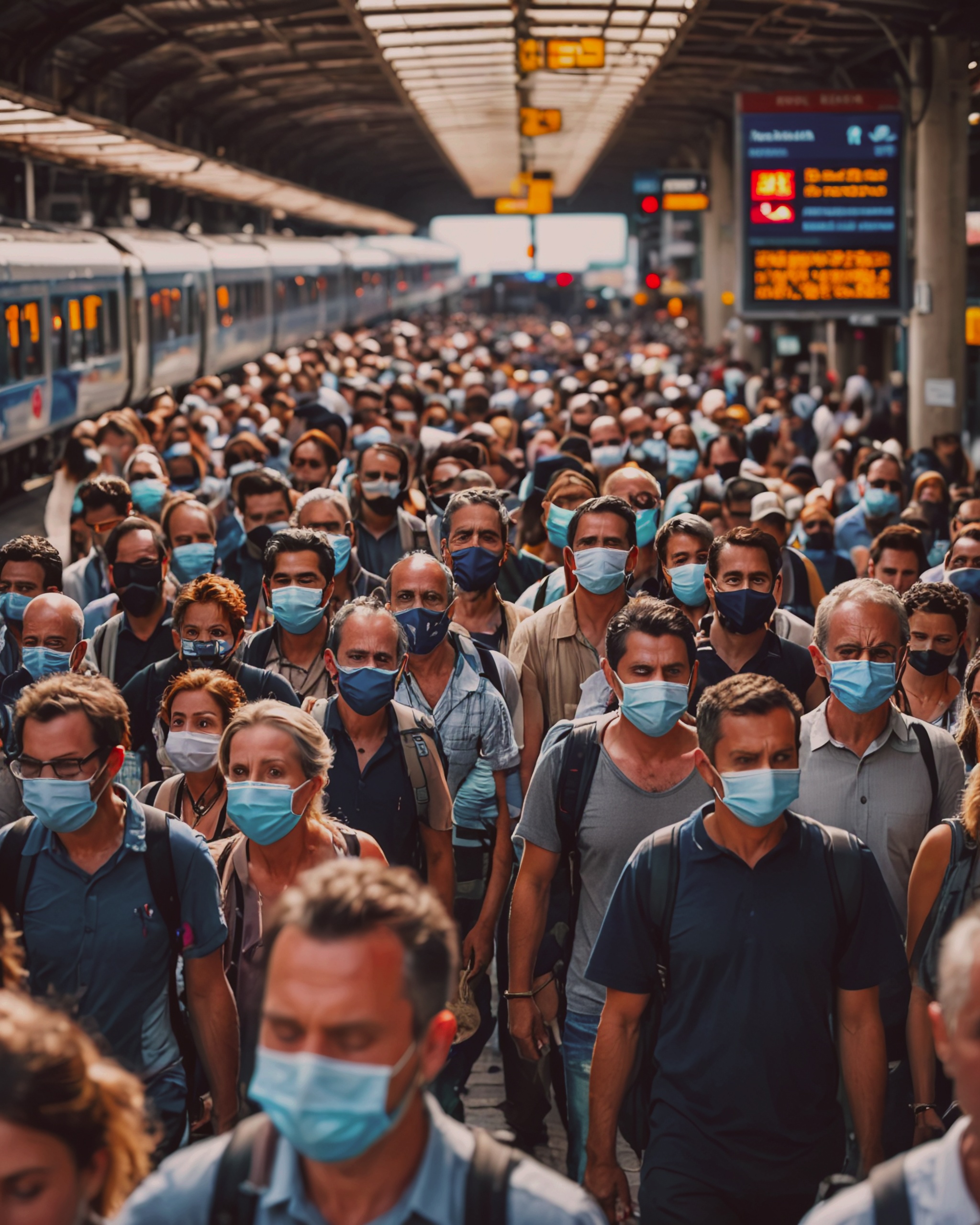KP.2 and KP.3 Variants Surge in Minnesota
The COVID-19 situation in Minnesota is shifting as the state faces a rise in hospitalizations linked to the KP.2 and KP.3 variants. According to recent data from the Minnesota Department of Health (MDH), these variants are contributing to an increase in COVID-19 cases and hospitalizations across the state.
Understanding these Variants
Dr. Keely Morris, a Senior Epidemiologist with MDH, highlights that the KP.2 and KP.3 variants, while not entirely new, are showing concerning trends. “These variants are similar to previous strains we’ve encountered but have a greater ability to evade existing immunity,” Dr. Morris explains. This means that even those who have been vaccinated or previously infected might be at higher risk with these new variants.
Tracking COVID-19 Trends
Tracking the exact number of COVID-19 cases has become challenging due to increased use of home testing and a decrease in overall testing. However, MDH continues to monitor COVID-19 activity through hospitalizations. “We’re seeing a rise in hospitalizations statewide,” Dr. Morris notes. “While the numbers are lower than during winter peaks, the trend is upward.”
Regional Differences in Impact
The impact of the KP.2 and KP.3 variants varies across the state. “Northeast Minnesota has lower hospitalization rates compared to other regions,” says Dr. Morris. “Nevertheless, COVID-19 knows no boundaries, and we expect all areas of Minnesota to see increased hospitalizations in the coming weeks.”
Recommendations for At-Risk Groups
Health officials stress the importance of staying up to date with booster vaccinations, especially for high-risk groups. This includes individuals aged 65 and older, those who are immunocompromised or have chronic health conditions, pregnant individuals, and residents of long-term care facilities. These groups might need more frequent boosters compared to the general population.
Currently, only 14% of Minnesotans are up to date with their COVID-19 boosters, with the Northland region seeing even lower rates at about 11%. This highlights the urgent need for improved booster uptake.
Preventative Measures and Treatment
In light of the rise in COVID-19 cases, wearing masks and practicing good hand hygiene remain essential. For those who are immunocompromised, seeking prompt antiviral treatment upon infection is crucial.
Overall, the emergence of KP.2 and KP.3 variants underscores the importance of staying informed about COVID-19 updates, adhering to vaccination recommendations, and practicing preventative measures to mitigate the impact of these new strains. For more updates follows us at WS Coverage.



